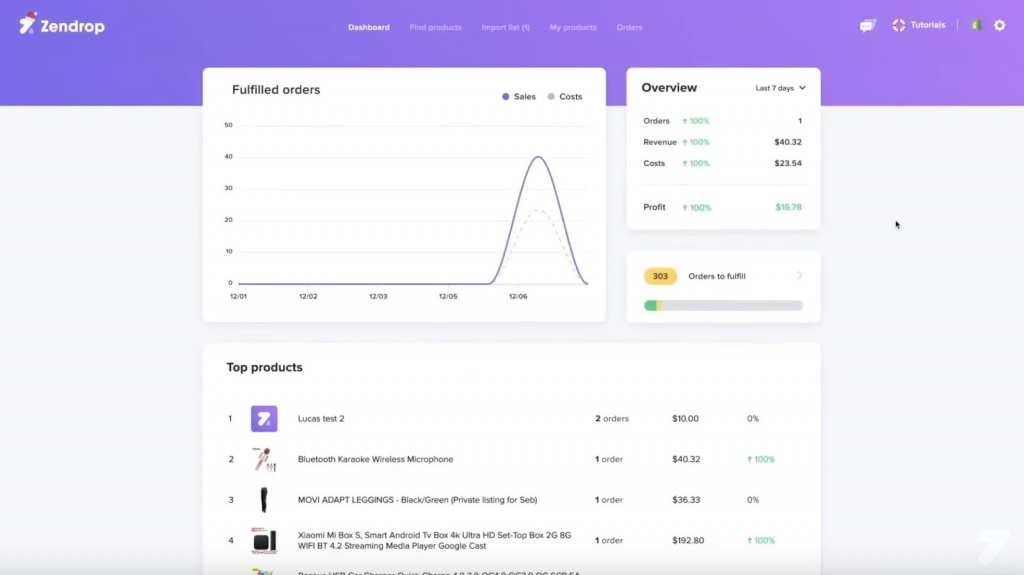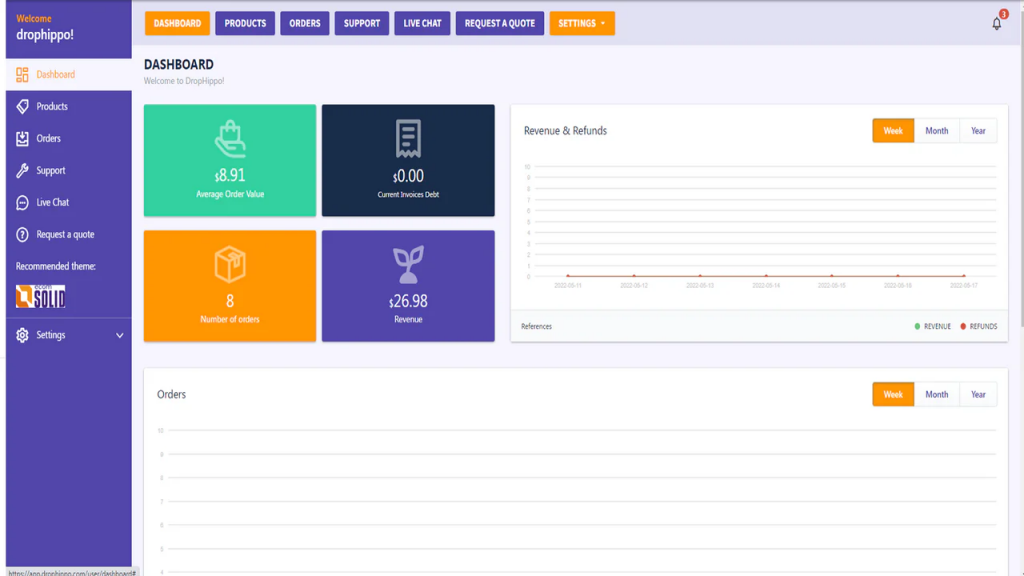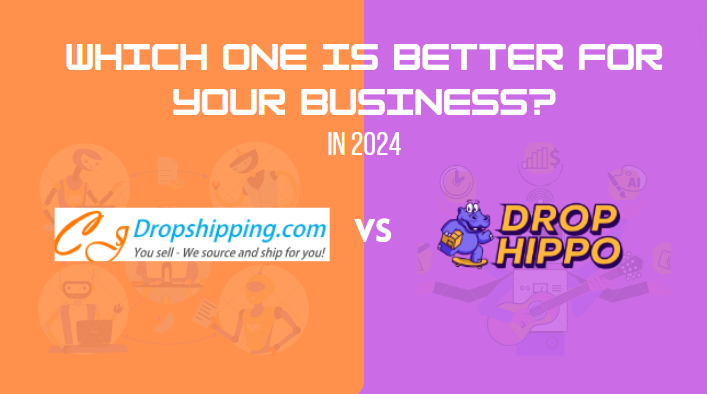
Navigating the bustling e-commerce landscape requires a dropshipping partner that you can rely on. But with so many choices, how do you pinpoint the perfect match for your business? In this showdown, we dive deep into a comparison of two heavyweights in the dropshipping world: CJdropshipping vs DropHippo and do they still work in 2024. Let’s see which one will propel your business to new heights.
Overview
CJdropshipping has established itself as a go-to platform for many drop shippers, offering a wide range of products and services tailored to support e-commerce businesses. On the other hand, DropHippo is a rising star known for its personalized service and quality assurance. Let’s break down their features, pricing, and overall value to help you decide which is the best fit for your business.
Product Range
When it comes to product range, CJdropshipping offers an extensive catalog with millions of products across various categories. Their selection is regularly updated with new items and trending products, making it a versatile choice for businesses looking to offer a wide variety of goods. They specialize in electronics, fashion, home goods, and more, providing a broad spectrum of options for e-commerce stores.

In contrast, DropHippo focuses on quality over quantity, curating a selection of high-demand products. They emphasize reliable and vetted suppliers to ensure product consistency. DropHippo’s approach is to specialize in niche markets, offering unique products that stand out in the crowded e-commerce space. This focus on niche products can be particularly advantageous for businesses aiming to differentiate themselves from competitors.
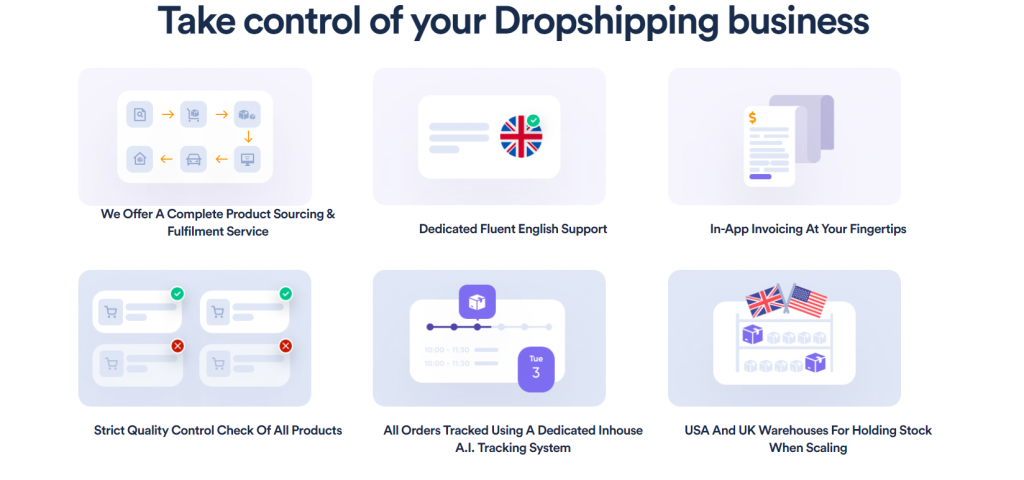
Shipping and Fulfillment
Shipping and fulfillment are critical aspects of any dropshipping business. CJdropshipping excels in this area with multiple warehouses worldwide, ensuring fast and efficient shipping. They offer a variety of shipping options, including express delivery, and provide real-time tracking for all orders to keep customers informed every step of the way.
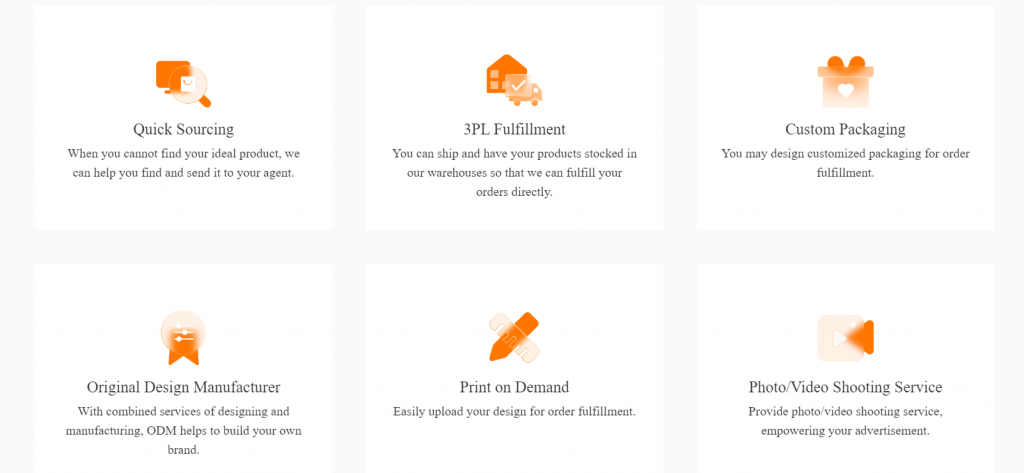
DropHippo, known for its exceptional fulfillment speed, leverages local warehouses for faster delivery times. They provide tailored shipping solutions to meet specific business needs, making them a flexible and responsive partner. DropHippo’s advanced tracking system with proactive updates ensures customer satisfaction by keeping both businesses and their customers in the loop.

Pricing and Fees
Pricing is always a key consideration. CJdropshipping offers competitive pricing with a transparent fee structure. There are no upfront costs; you only pay for the products and shipping. For high-order quantities, volume discounts are available, making it cost-effective for larger businesses.
DropHippo also offers competitive pricing, with a focus on value-added services. Their pricing model is clear and straightforward, with no hidden fees. Regular customers and bulk orders benefit from exclusive discounts, making DropHippo an attractive option for businesses looking to maximize their profitability.
Customer Support
Customer support can make or break your experience with a dropshipping platform. CJdropshipping provides 24/7 customer support via live chat, email, and phone. They also offer dedicated account managers for large-scale clients and have a comprehensive help center and FAQ section to address common queries.
DropHippo shines with its highly personalized customer support, focusing on building long-term relationships. Businesses get direct access to account managers who understand their specific needs. DropHippo’s quick response times and proactive problem-solving approach set them apart, ensuring that any issues are resolved promptly and efficiently.
Unique Selling Points
CJdropshipping’s unique selling points include its wide product range and global reach. Their comprehensive platform comes with multiple tools and integrations, making it ideal for businesses looking for variety and scalability. However, if you prioritize quality, fast fulfillment, and personalized service, DropHippo stands out as the superior option.
DropHippo’s exceptional quality control with a focus on reliable suppliers ensures that your customers receive consistent, high-quality products. Their fast and efficient fulfillment process guarantees timely deliveries, enhancing customer satisfaction. The personalized service that DropHippo offers caters to the unique needs of each business, making it a preferred choice for those seeking a more customized approach.
Conclusion
Both CJdropshipping and DropHippo offer robust solutions for e-commerce businesses, but your choice depends on your specific needs and priorities. If you value a wide range of products and global reach, CJdropshipping might be the right choice for you. However, if you prioritize quality, fast fulfillment, and personalized service, DropHippo stands out as the superior option.
Choosing the right dropshipping partner is crucial for your business success. Consider your business goals, customer expectations, and the strengths of each platform to make an informed decision. For more information, visit DropHippo and explore how they can elevate your e-commerce venture.


